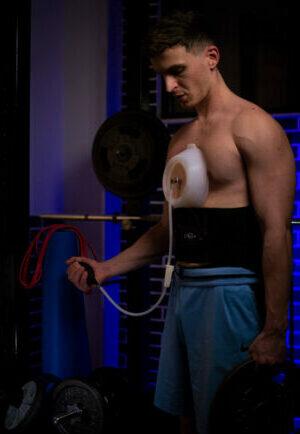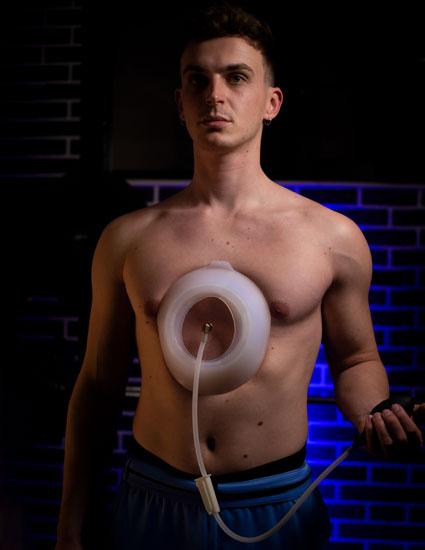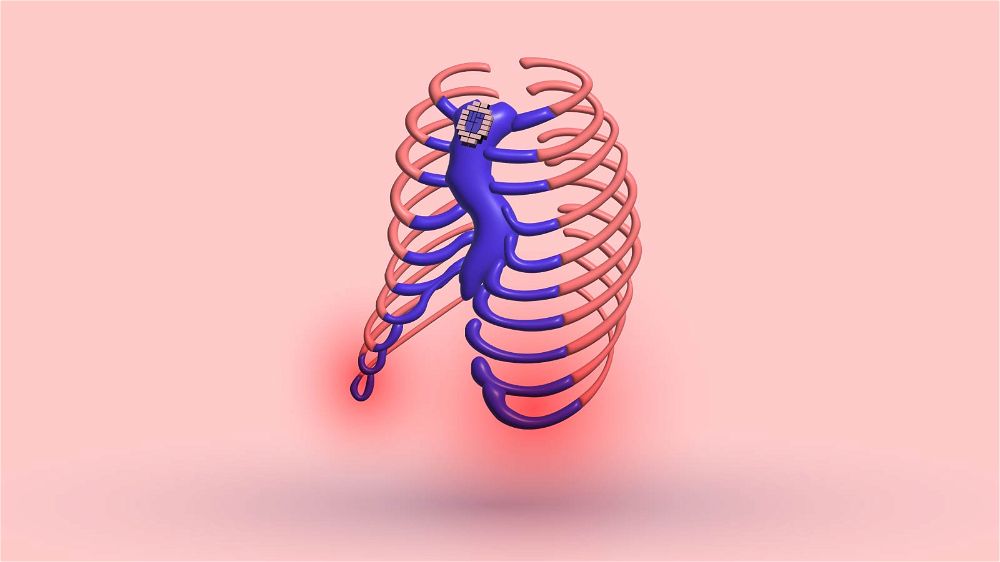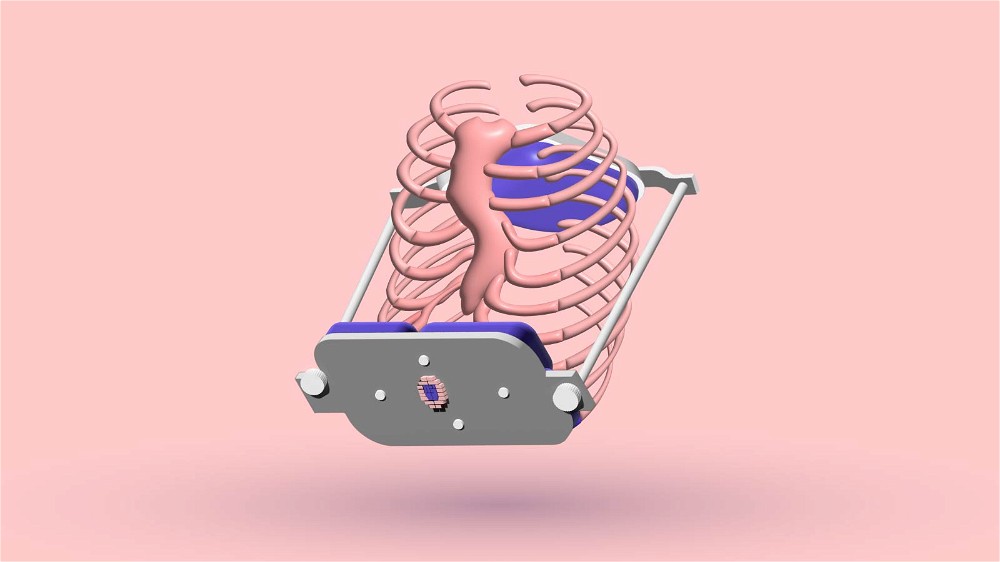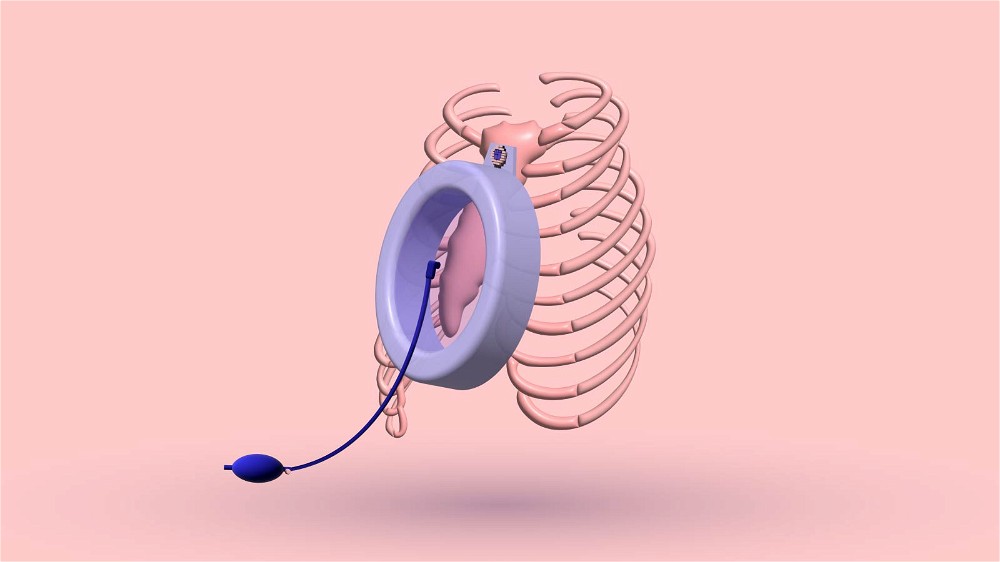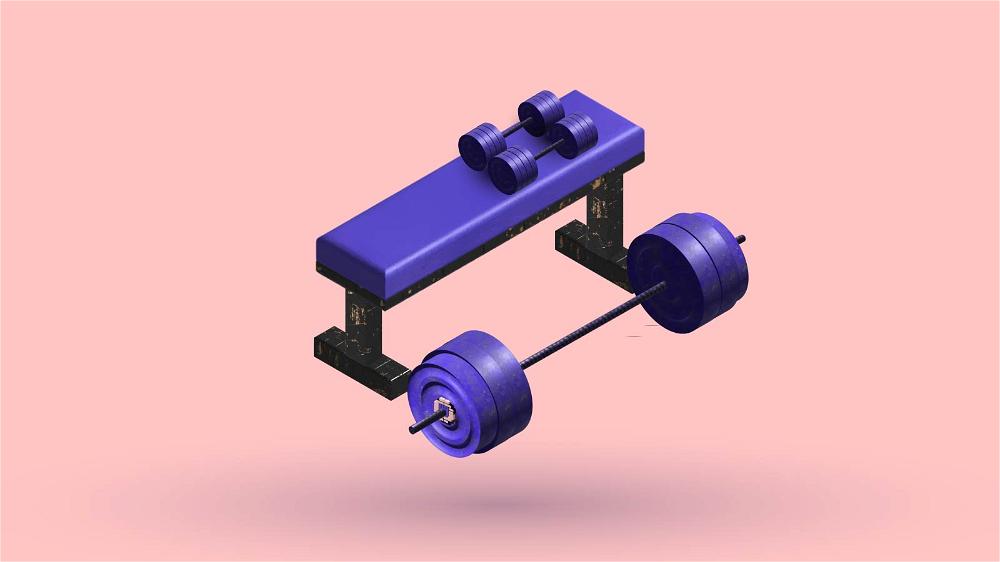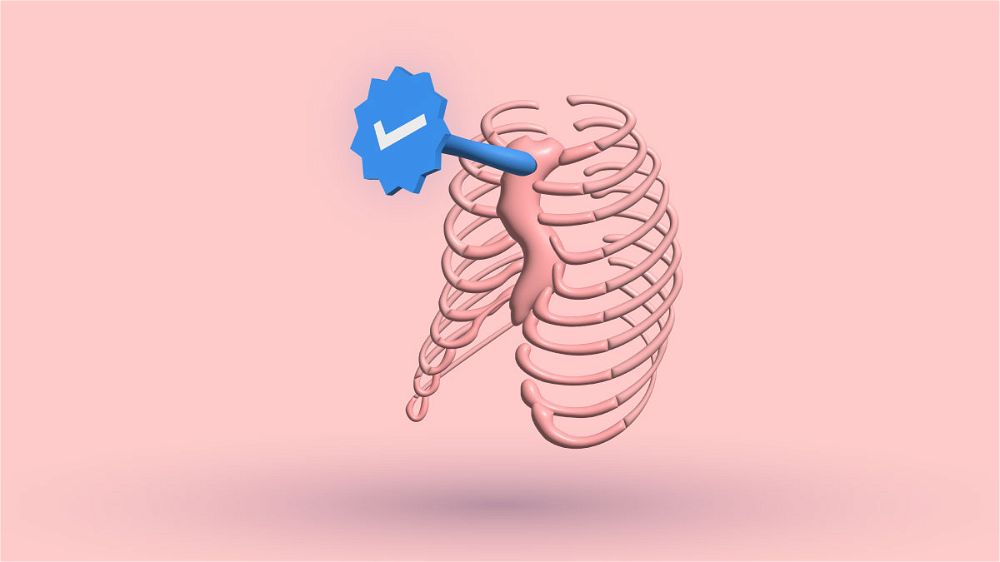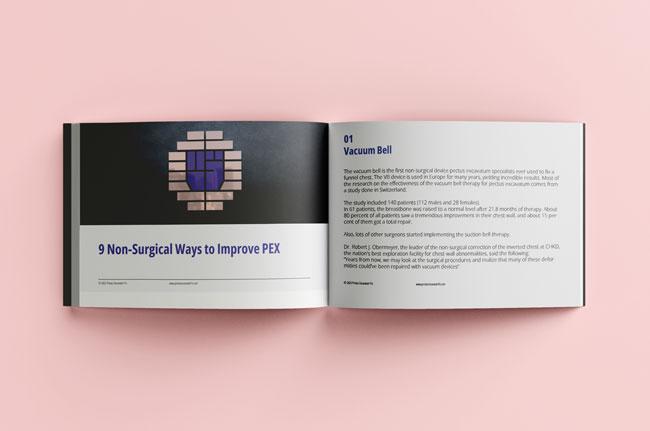In a more severe form, pectus excavatum can cause more significant problems. It is not just the appearance that worsens.
Patients with severe indentation are more likely to have reduced pulmonary function and a restrictive pulmonary capacity.
The respiratory process and breathing capacity can affect our health and quality of life. Because of that, we must find ways to increase lung capacity.
Ways to increase your lung capacity with pectus excavatum
Your body's maximum oxygen consumption is your lung capacity, which you can improve.
There are numerous ways to enhance lung health which is good news. Those of us with deformities frequently experience difficulties completing certain activities due to exhaustion and shortness of breath. Still, with perseverance and devotion, we can overcome that condition.
You can significantly increase your lung health if you have pectus excavatum. You can choose the way best for you, depending on your situation and the severity of the malformation.
For example, you can choose to do:
- Breathing exercises
- Yoga,
- Running,
- Swimming,
- Combine all of them. That will help you create a lifestyle that can benefit your lungs and overall health.
Breathing exercises benefits
You can practice holding your breath for extended periods to expand your lung capacity. Typically, that will take a few months to see results.
When a person holds their breath, the body continues to use oxygen for metabolic processes. It releases carbon dioxide as waste, but you must be careful and know when to stop holding your breath during these exercises.
Breathing deeply may have some positive effects on one's health, which may be significant for preventing autoimmune diseases and the regeneration of brain tissue.
According to the British Lung Foundation, deep breathing can also help clear mucus from the lungs following pneumonia, allowing more air to flow, so the benefits are endless.
Three best breathing exercises
Some of the most effective ways for people with pectus excavatum to improve their lung capacity are rib stretching exercises, abdominal breathing, and pushing out.
1. Breathwork that stretches the ribs
To complete this exercise, you must stand straight and exhale completely. Afterward, you will inhale slowly while trying to fill your lungs.
Place your hands on your hips, so your pinky fingers touch your back, and your thumbs look forward to while you count.
Exhale slowly and resume in a relaxed position after holding your breath for 20 seconds—three times in all.
2. Abdominal Breathing
For this breathing exercise, you must lie comfortably on your back. You can perform this in the morning or evening while lying in bed or using a yoga mat.
Place one hand on your abdomen and the other on the chest. Inhale slowly until you feel your stomach rising above your chest. Feel your tummy rise each time you exhale through your mouth and then inhale once again through your nose.
If you can, hold your breath for 7 seconds before exhaling for 8 seconds. It would help if you contracted your abdominal muscles to force all the air out of your lungs—five times in a row.
3. Pushing Out
You will stand up straight and relax your knees. Push air out of your lungs, and slowly bend down at the waist. After that, slowly straighten up and take a deep breath until your lungs are full.
Hold your breath and gradually raise your arms above your head. After you have finished counting, carefully lower your arms and take a deep breath out of your mouth to return to a relaxed position. Repeat four times.
Note for pectus patients
Slowing down whenever activity makes you feel out of breath is advisable. Practice pursed lip breathing until the shortness of breath passes.
Consult a doctor before beginning any new breathing technique if you have a severe case of pectus excavatum.
People with moderate respiratory problems could benefit from breathing exercises. Still, those with more severe symptoms would need more advanced therapy.
Speak with a healthcare professional if you are concerned about your respiratory problems affecting your daily life.
Yoga for better lung capacity
The controlled breathing, the time between breaths, and vital capacity all improve with regular yoga practice.
Lungs can function more effectively with yoga, becoming stronger and healthier even if you have a sunken chest deformity. I am an example of a yoga practitioner who has benefited from doing it frequently.
Practicing yoga is best in the morning since it keeps my body flexible, and active, and refreshes me for the rest of the day.
How it helps
Yoga improves lung capacity by improving breath awareness, which is crucial during these stressful and anxious times.
You may more easily identify the body's subtle signals when being conscious of your breathing. This results in changes to your breathing patterns and increases lung capacity.
Due to the many benefits, I recommend you try yoga. It takes a little longer to feel long-term improvements. Still, you will feel the immediate relaxing benefits after the first time.
Two easy yoga movements for better lungs capacity
1. Cobra Pose
The cobra pose is a fantastic yoga pose for expanding lung capacity. It helps to open the chest, abdomen, and lungs.
How to do it
Lie on your stomach and put your palms flat on the ground so that they are beneath your shoulders.
Try to keep your elbows straight. Maintain a neutral neck while gazing down at the mat. With each inhalation, raise the chest off the floor while keeping the elbows close to the sides.
To release, return to the floor and exhale. Repeat a few times while it feels good.
2. The Cat-Cow Pose
This breathing yoga pose will help you become more flexible and release tension by moving the spine and stretching the muscles in the chest and belly while breathing.
How to do it
Kneel on the mat with your hands and wrists tucked under your shoulders.
Hip distance between the knees is ideal. Take a breath in and lower your belly toward the mat. Lift your chin and chest and look up towards the ceiling.
Exhale, then move the stomach toward the spine and the back toward the ceiling to enter the cat pose. Go into cow stance after inhaling, then into cat pose after exhaling.
Repeat a few times for how long it feels good for you.
Running/aerobics for better lung health
Aerobic exercises can improve your lung capacity. Aerobic exercises, such as walking and running, can give your heart and lungs the workout they need to function correctly.
Running improves the amount of oxygen delivered throughout your body.
Regular exercise causes you to develop more capillaries, allowing your muscles to receive more oxygen more quickly. You create more alveoli the more you run. These transfer oxygen into the veins by taking it.
I am not a big fan of running, so I have found a routine that helped me stay more consistent. I am a huge fan of taking a hike in the outdoors’s fresh air and working out intensely at the gym.
If you don’t like any of the activities I mentioned above, you don't have to force yourself. Find an activity that you love and get your heart rate to increase.
It would be best if you strived to develop your own helpful strategy to improve your pectus deformity.
Finding what's best for you is the best first step to better lung health.
Here are a few more tips for better lung health
Here are some valuable tips for maintaining lung health while having pectus excavatum deformity:
- If you smoke, think about stopping and avoiding irritants in the surroundings or secondhand smoke.
- Consume anti-inflammatory foods and focus on a healthy diet, such as high-fiber foods.
- Increase your exercise routine and work on your active lifestyle to support healthy lung function.
- Optimal breathing and lung opening require proper posture, so it would be best to be aware of and maintain it throughout the day.
- Boost the fresh air quality you breathe by walking in nature, mountains, or parks near you with many trees.
- Use technologies like indoor air filters.
Bottom line
Your lung health can be improved by participating in regular exercises that can benefit you. Also, you must follow a balanced diet and abstain from smoking to be healthy.
But do not ignore visiting a doctor if you're having severe symptoms of limited lung capacity, pain, and shortness of breath due to the deformity. Do not allow the deformation to stand in your way. Thank you for reading!
7 Sources
- Lawson ML, Mellins RB, Paulson JF, Shamberger RC, Oldham K, Azizkhan RG, et al. Increasing severity of pectus excavatum is associated with reduced pulmonary function. J Pediatr. 2011 Aug;159(2):256-261.e2.
- How long can the average person hold their breath? Benefits and risks [Internet]. [cited 2023 Jan 23]. Available from: https://www.medicalnewstoday.com/articles/how-long-can-the-average-person-hold-their-breath
- Recovery from pneumonia | Asthma + Lung UK [Internet]. [cited 2023 Jan 23]. Available from: https://www.blf.org.uk/support-for-you/pneumonia/recovery
- 3 Breathing Exercises to Increase Lung Capacity | CA&A in Georgia [Internet]. [cited 2023 Jan 23]. Available from: https://www.caageorgia.com/about-us/blog/2018/january/3-exercises-to-increase-your-lung-capacity/
- 6 Best Yoga For Lungs to Improve Your Lung Capacity | cult.fit [Internet]. [cited 2023 Jan 23]. Available from: https://blog.cult.fit/articles/yoga-for-improving-lung-capacity
- Exercise and Lung Health | American Lung Association [Internet]. [cited 2023 Jan 23]. Available from: https://www.lung.org/lung-health-diseases/wellness/exercise-and-lung-health
- How to Increase Lung Capacity: Breathing Exercises [Internet]. [cited 2023 Jan 23]. Available from: https://www.healthline.com/health/how-to-increase-lung-capacity#takeaway


